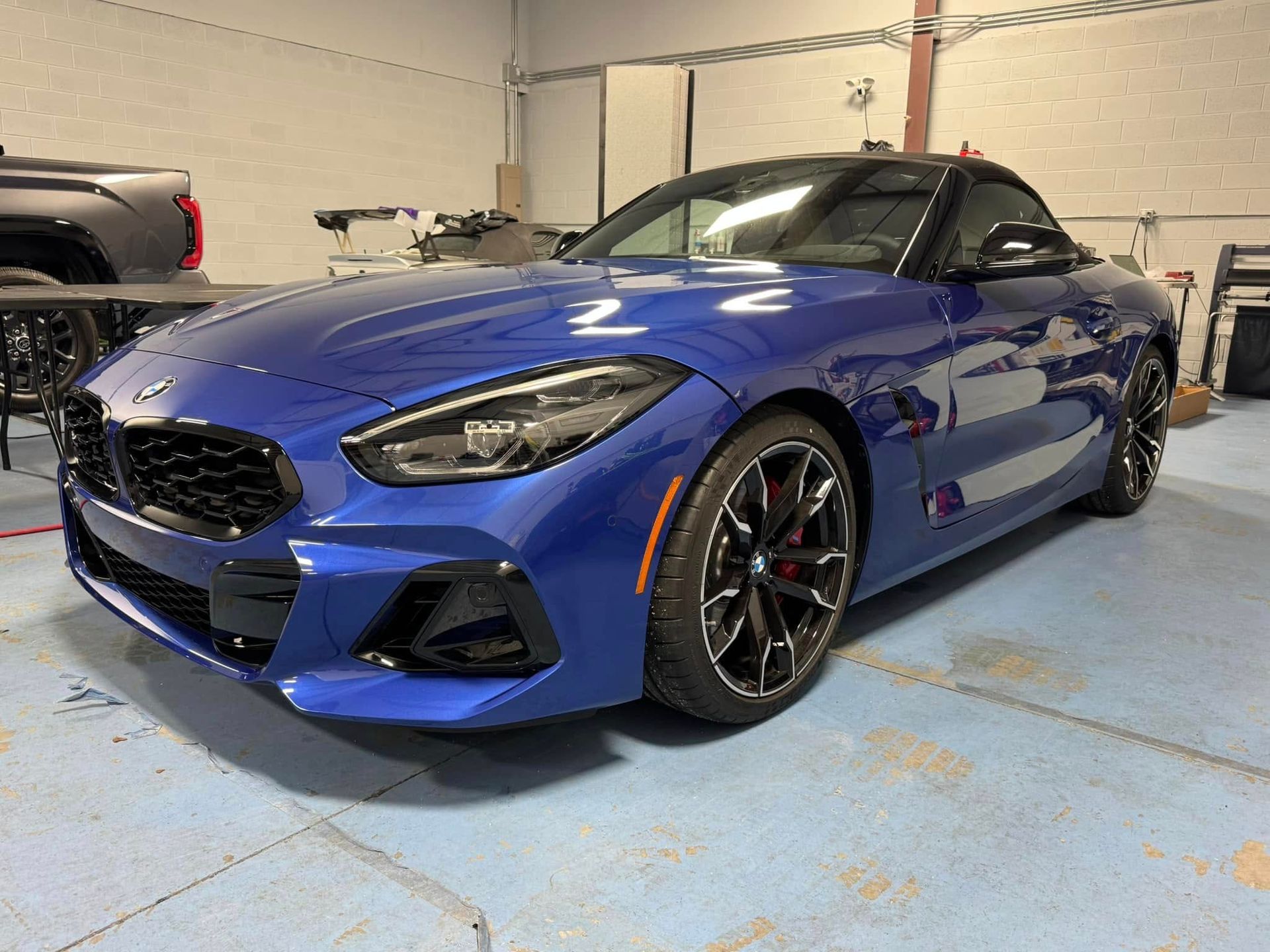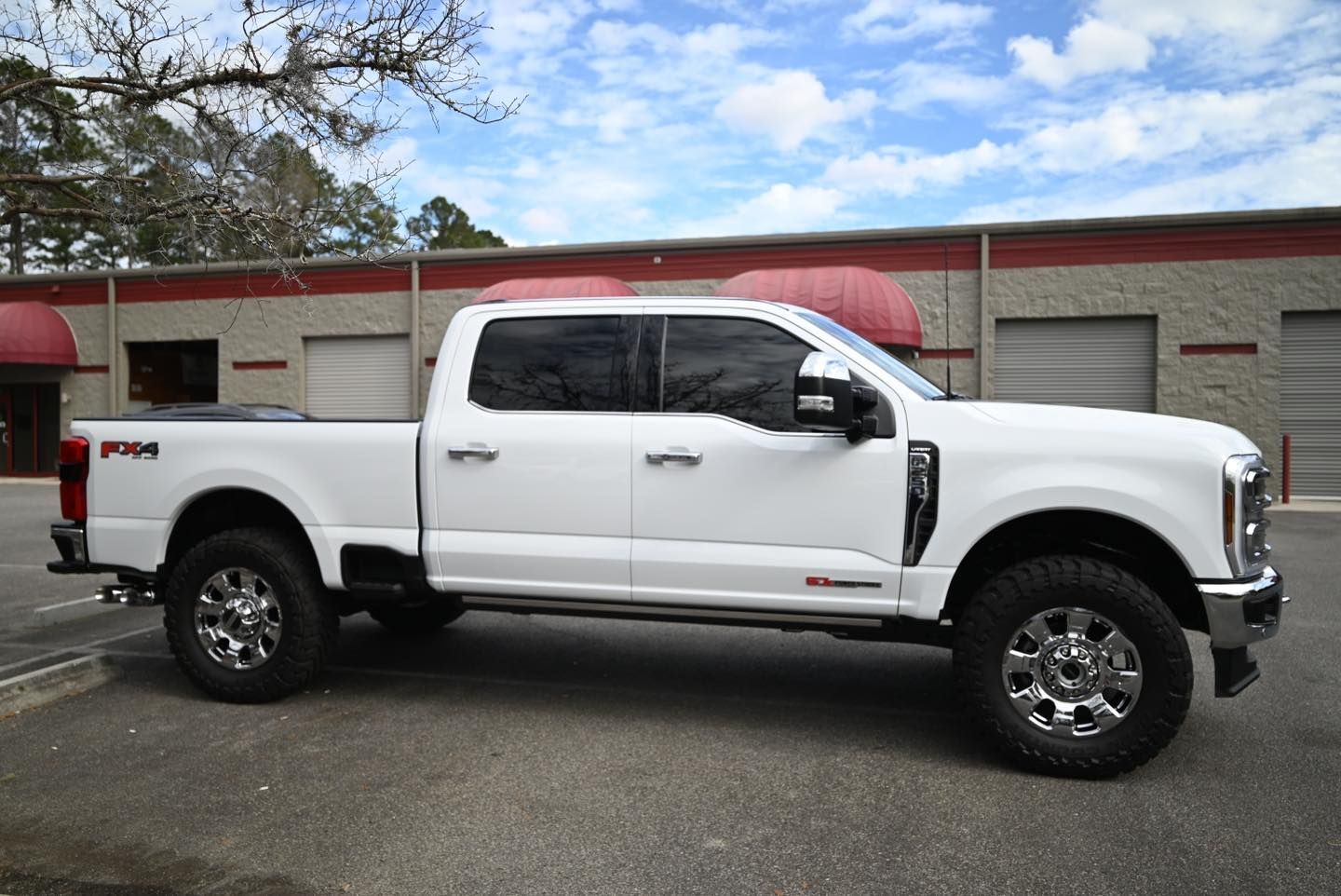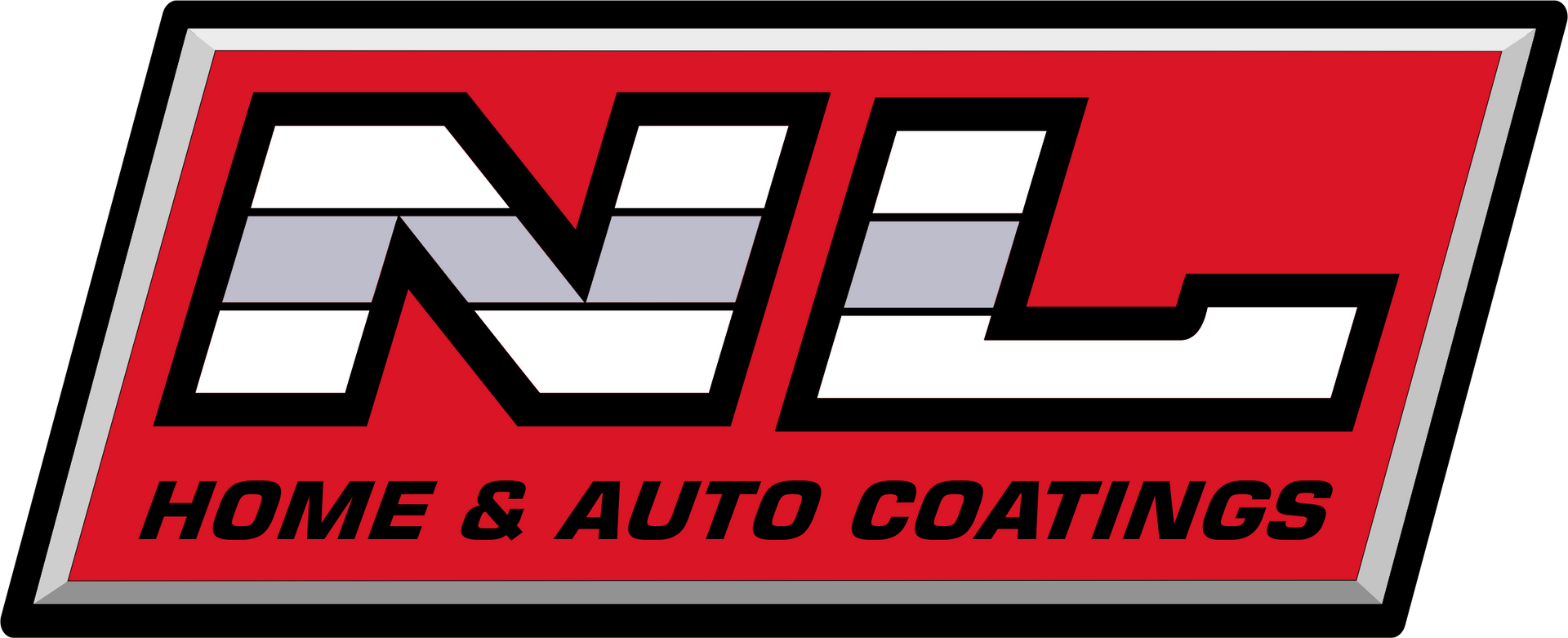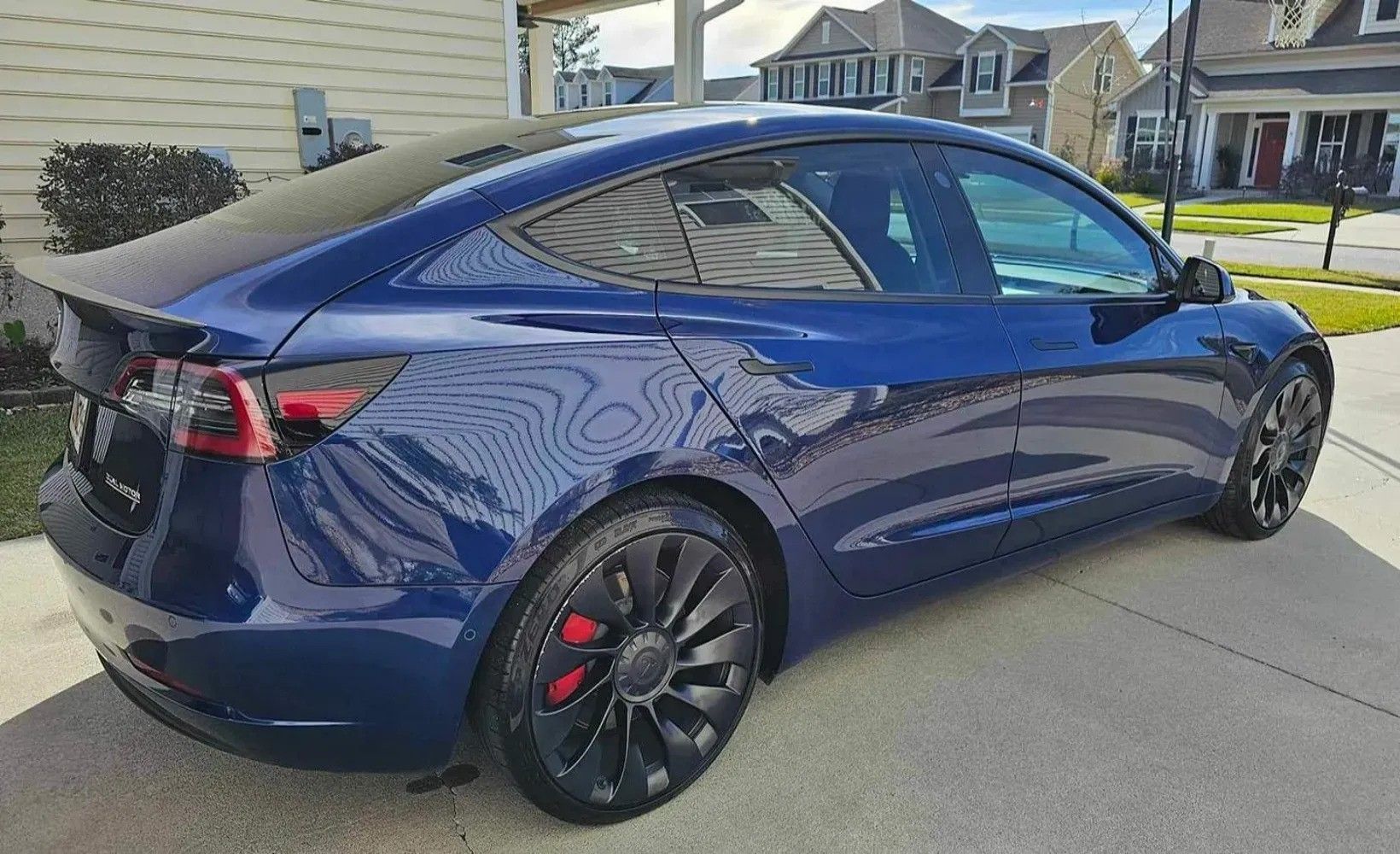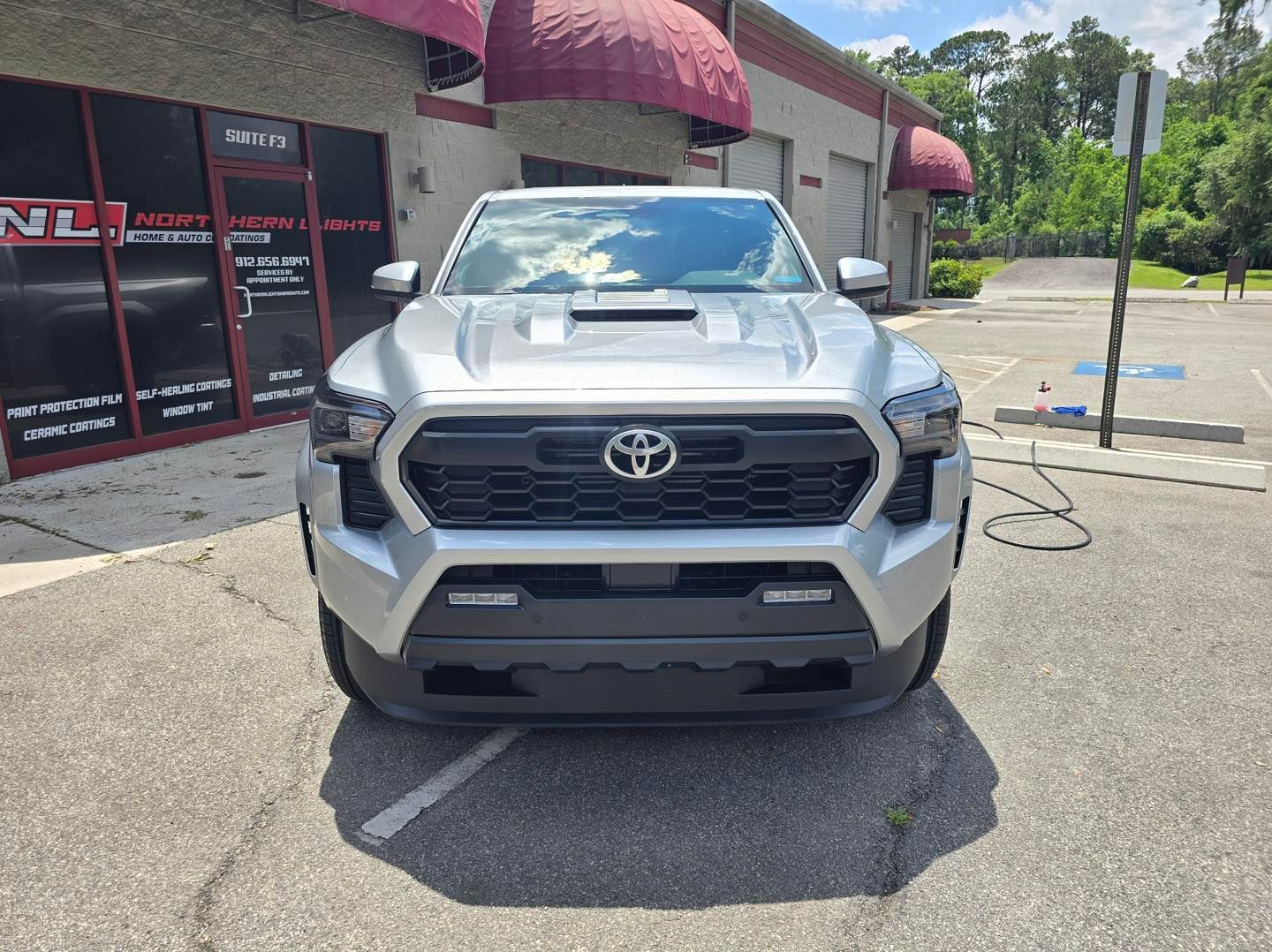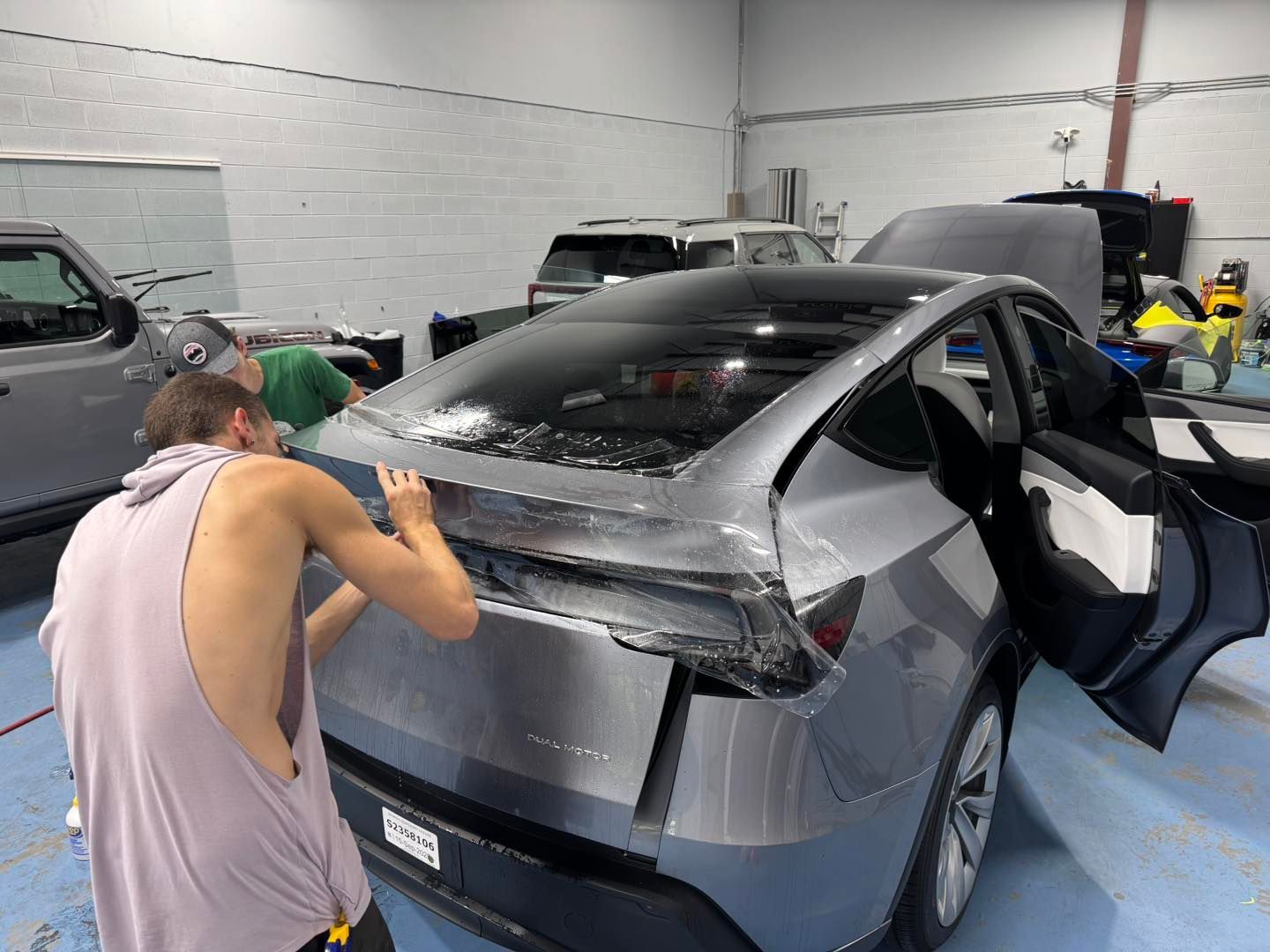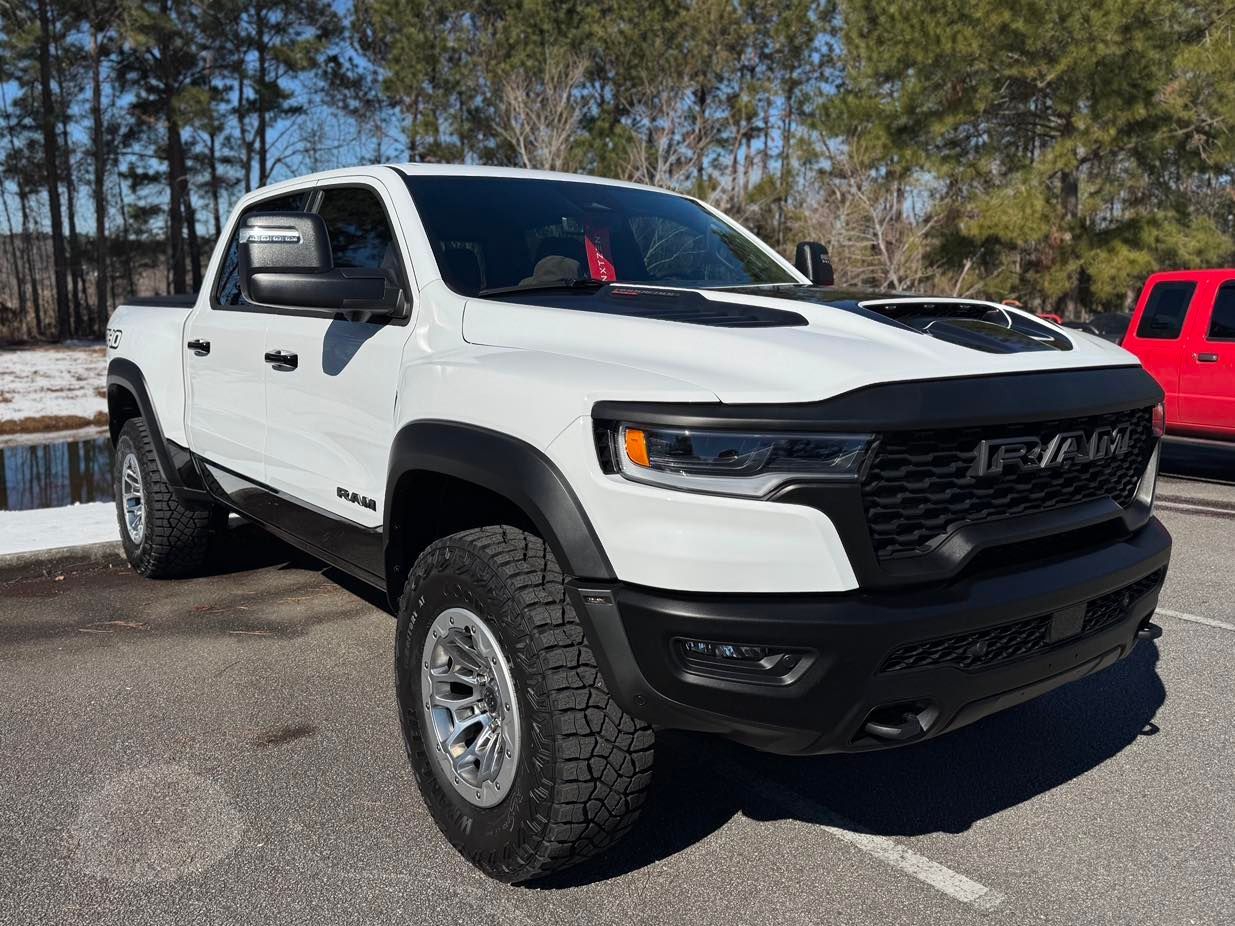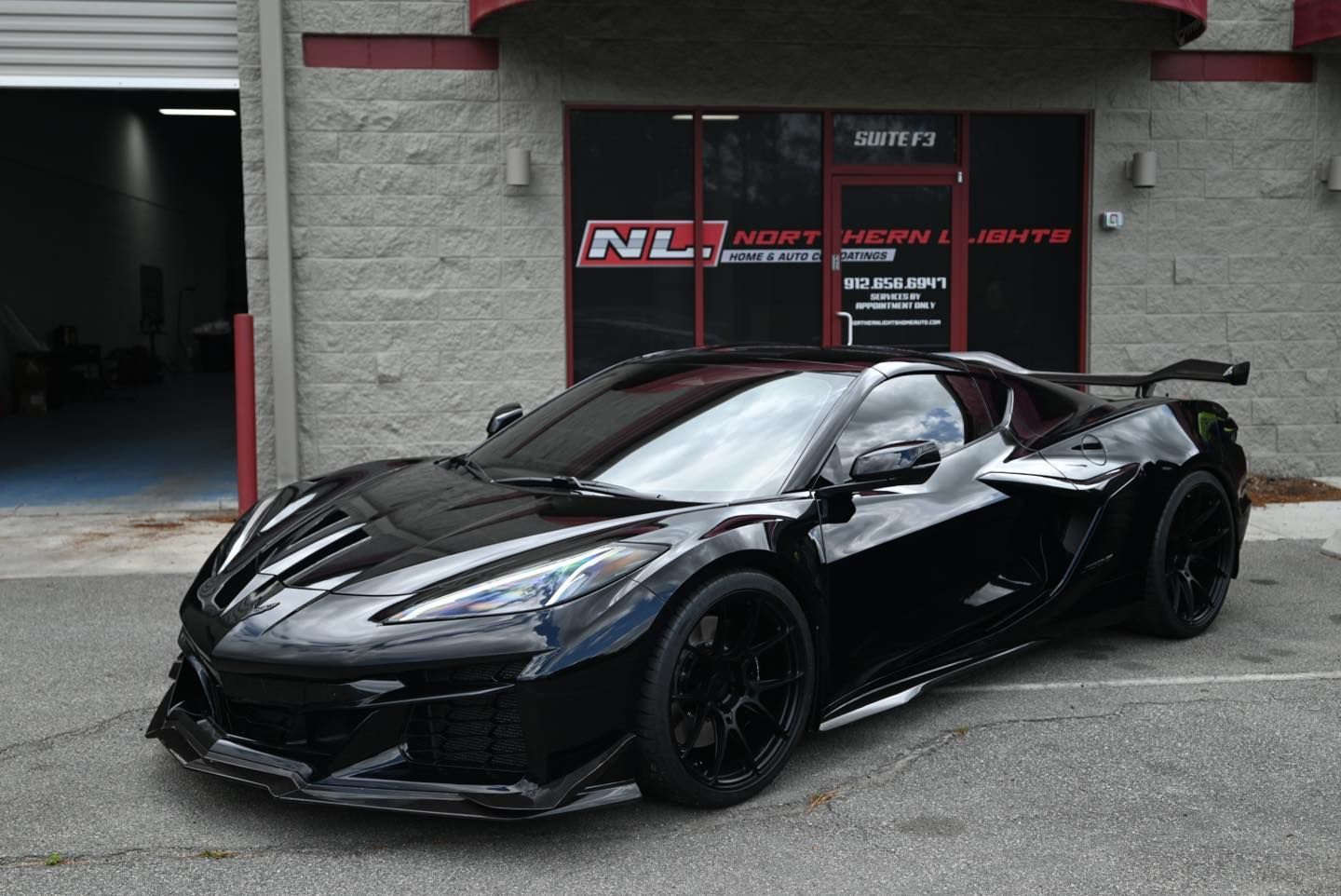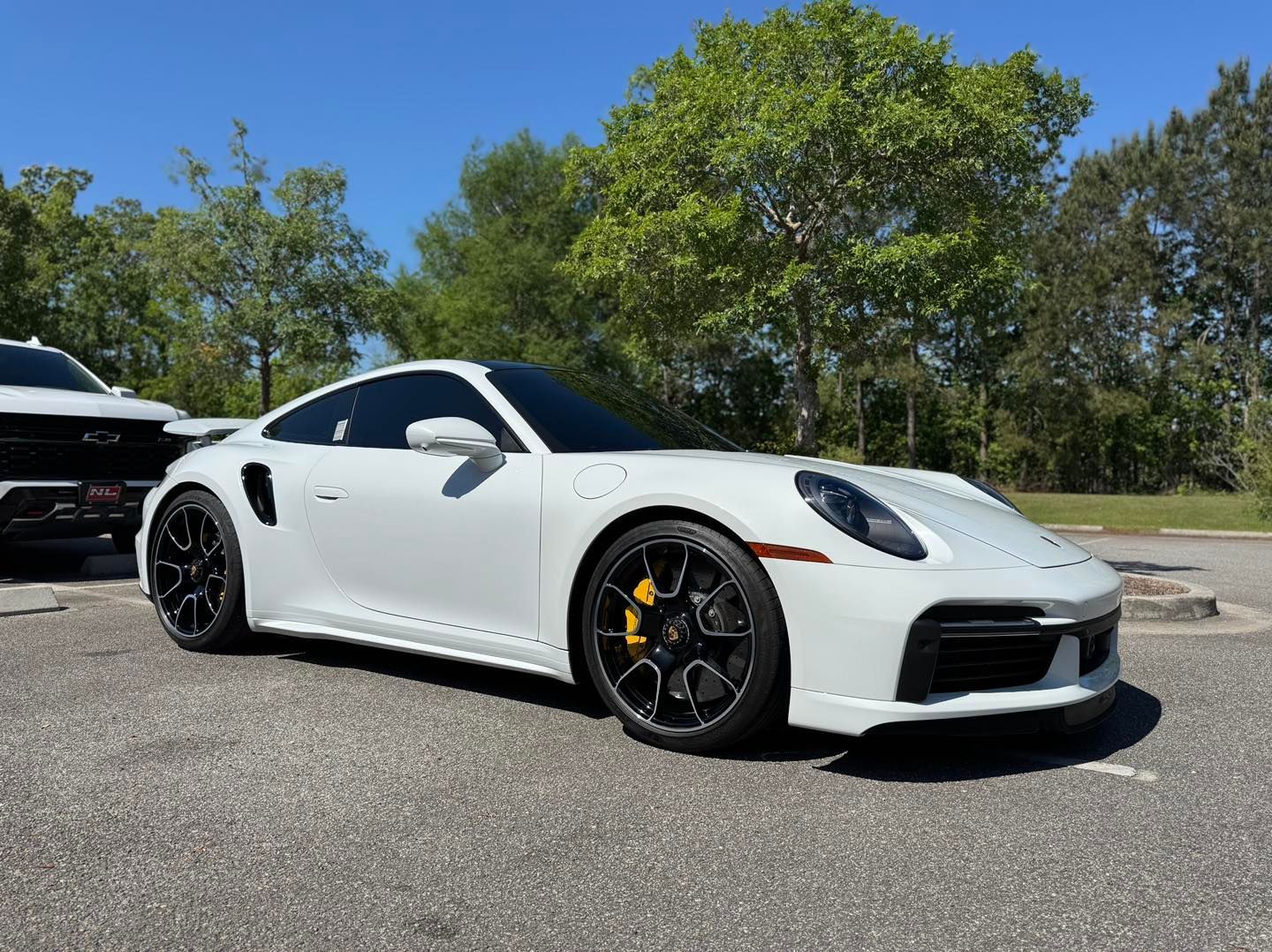How Often Should You Detail Your Car: Tips for Proper Vehicle Maintenance
Keeping your car clean isn't just about looking good; it's essential for its overall health and longevity. Regular detailing helps protect your investment and ensures you enjoy a comfy ride. But with so many factors influencing how often to detail your car—like where you drive, the weather, and even how you use it—figuring out the right schedule can feel a bit overwhelming. In this article, we will go over everything you need to know, including how often you should detail your car to keep it looking good while retaining its value over time.
It is generally recommended to detail your car 2 to 3 times a year, or approximately once every 4 to 6 months. However, this frequency may vary based on factors such as your driving habits, environmental conditions, and how well you maintain your vehicle with regular washing and waxing.
Recommended Frequency for Car Detailing
When thinking about the right frequency for car detailing, there are important aspects to consider. Experts generally recommend a thorough detailing every 4 to 6 months. This timeframe helps keep your vehicle looking sharp and avoids deterioration of its surfaces. However, individual circumstances vary greatly, and personal usage plays a critical role in determining the ideal schedule.
Exterior detailing typically involves washing, waxing, polishing, and protecting the paint, while interior detailing focuses on deep cleaning surfaces like seats, carpets, and dashboards.
For those who are particularly passionate about keeping their car in pristine condition, you might consider monthly detailing for light maintenance—this helps keep everything looking fresh without waiting for dirt and grime to accumulate.
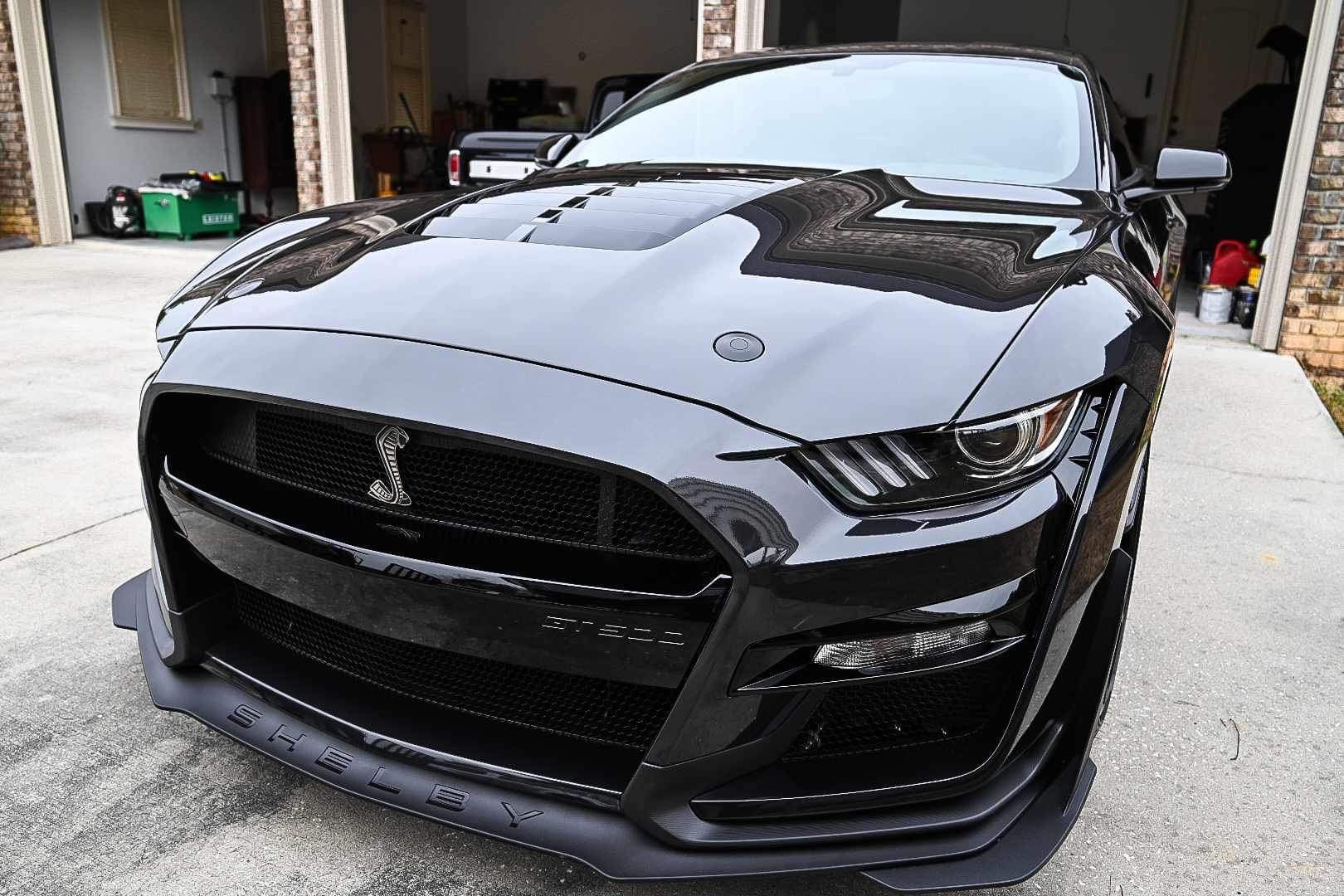
Factors Influencing Detailing Frequency
Not every car needs to be detailed on the same schedule. Here are the key factors that determine how often you should treat your vehicle to a detailing session:
1. Your Driving Environment
Urban Areas: Cars driven in cities may need more frequent detailing due to higher exposure to pollutants, road salt (in snowy regions), and bird droppings.
Rural Areas: Dust and debris from dirt roads can accumulate quickly, especially if you frequently drive on unpaved surfaces.
2. Weather Conditions
Harsh Winters: If you live in a region with snowy winters, your car may face road salt, which can corrode the paint and undercarriage. In such cases, regular detailing is essential during and after the winter season.
Hot and Sunny Climates: Constant exposure to UV rays can cause paint to fade. Regular waxing or ceramic coatings during detailing can help shield your vehicle from sun damage.
3. Personal Habits
Food and Drinks in the Car: If you often eat or drink in your car, the interior will require more frequent cleaning to address spills, stains, and crumbs.
Pets and Kids: If your furry friends or little ones are regular passengers, you may want to schedule interior detailing more often to manage fur, dirt, or sticky messes.
4. Type of Car Usage
Daily Commute vs. Weekend Use: A car driven daily will naturally accumulate more wear and tear than one reserved for occasional use.
Off-Road Adventures: If your car is your partner for off-roading or camping, it’ll likely need extra attention to remove mud, dirt, and scratches.
Establishing a Maintenance Routine
To maintain your car’s aesthetic and functional quality, creating a structured maintenance routine is fundamental. This doesn’t mean you have to spend hours each week; rather, it's about building small, manageable tasks into your schedule that can yield significant benefits over time.
Weekly Tasks
Starting with weekly tasks, dedicating just a short amount of time every week can keep both the exterior and interior of your vehicle looking pristine. A simple wash will remove dust, dirt, and any contaminants that might adhere to the paint. Don't forget about the wheel wells and undercarriage; grime from the road can accumulate surprisingly fast!
After you’ve washed the exterior, grab a vacuum cleaner and give the interior a quick once-over. This ensures that dirt doesn't accumulate on surfaces, seats, or carpets.
Regular cleaning not only improves aesthetic appeal but also prevents long-term wear and tear that comes from built-up grime.
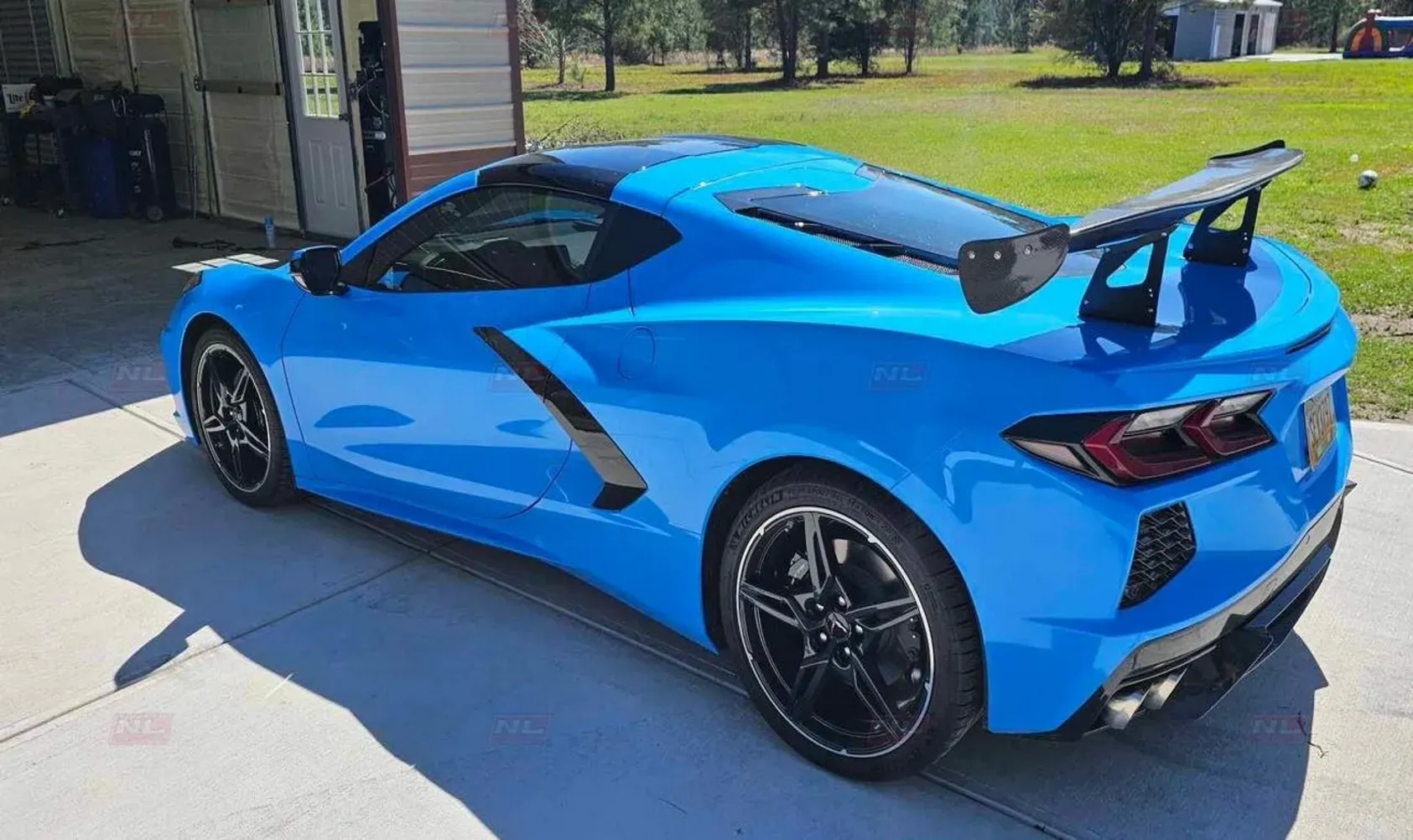
Monthly Checks
Transitioning to monthly checks can save you from larger issues down the line. Take a moment to inspect the car's exterior carefully for any paint chips or scratches. These small blemishes may seem insignificant at first glance but can lead to rust forming if not addressed promptly.
Similarly, check your tires, including tread depth and pressure. Keeping tires in good shape enhances fuel efficiency and overall safety.
Seasonal Detailing
When it comes to seasonal detailing, timing becomes vital. Aligning your detailing schedule with changing seasons creates an optimal environment for maintaining your vehicle’s resilience against varying climatic conditions.
For example, after winter, giving your car a detailed wash helps remove salt and other debris that could contribute to corrosion. In summer, protecting your vehicle’s paint with a good wax or ceramic coating can shield it from damaging UV rays.
Each season presents opportunities not just for cleaning but also for evaluation—check interior systems like the air conditioning before heavy usage during warm weather or inspect windshield wipers before heavy rainfalls or snowstorms.
Benefits of Regular Detailing
Detailing isn’t just about aesthetics—many practical benefits come with keeping your car clean and protected.
1. Paint Protection
Waxing and applying sealants during detailing sessions help create a protective barrier against contaminants like dirt, UV rays, and water spots. This prevents fading and maintains your car's vibrant shine for years.
2. Interior Comfort
A clean interior isn’t just about appearances—it also promotes better air quality inside your vehicle. Regular vacuuming and upholstery cleaning removes allergens, dust, and odors, making your driving experience more enjoyable.
3. Improved Resale Value
When it’s time to sell or trade-in your car, a well-maintained and detailed vehicle will fetch a higher price. Buyers are more willing to pay a premium for cars that look and feel like they’ve been cared for.
4. Longevity of Materials
Frequent detailing helps preserve the condition of both the interior and exterior components. For instance, conditioning leather seats prevents cracking, while cleaning carpets reduces wear from embedded dirt.
5. Safer Driving Experience
Detailing also includes cleaning windows, mirrors, and headlights. Clear visibility, especially in adverse weather, is critical for safe driving, and regular detailing ensures your glass and lights are spotless.
Final Thoughts
The frequency of detailing your car is ultimately determined by the amount of wear and tear it experiences, but maintaining a consistent schedule is crucial. Whether you aim for every 4-6 months or more frequent sessions based on your needs, the effort is well worth it. Not only will your car look great, but it will also maintain its value, provide a more enjoyable ride, and stay protected from the elements.
At
Northern Lights Home & Auto Coatings, we understand the importance of keeping your car in peak condition. Our professional detailing services are designed to suit your specific needs, so you can drive with pride, knowing your vehicle is as clean and protected as it can be.
Contact us today to schedule your next detailing session!
